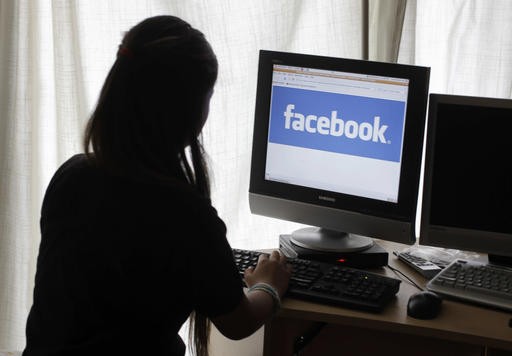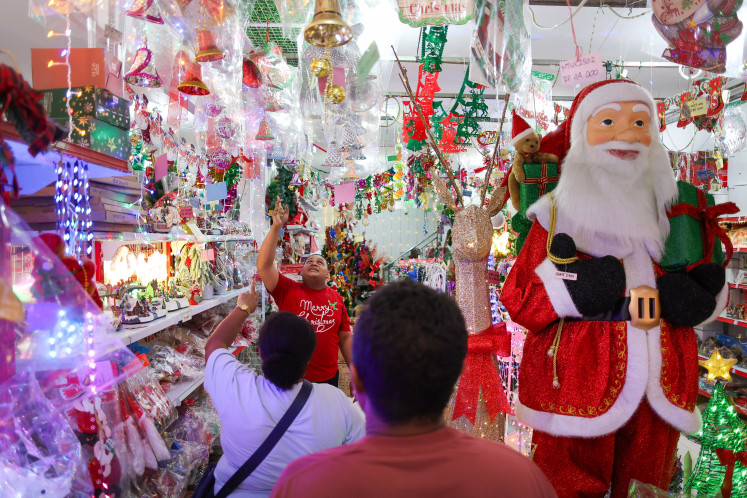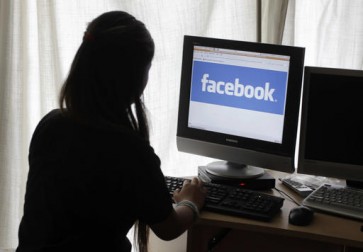Popular Reads
Top Results
Can't find what you're looking for?
View all search resultsPopular Reads
Top Results
Can't find what you're looking for?
View all search resultsCOMMENTARY: Media barcode to shield public and industry from fake news
A higher proportion of digital ad spending has been going to fake media outlets. Many news media outlets with large newsrooms staffed by professional journalists receive peanuts in comparison.
Change text size
Gift Premium Articles
to Anyone
T
he plan to introduce bar codes for media companies, an initiative launched by the Indonesian Press Council announced on National Press Day in Ambon on Feb. 9, goes beyond simply fighting the proliferation of fake news.
It is intended to help to build the nation’s media and internet literacy.
It also shields media companies from unfair business practices in the increasingly fierce competition for lucrative digital ads. The bar-code system, contrary to what critics say, is a self-regulated policy designed to protect media companies’ reputations.
Journalists, or those who profess to practice the trade, will also enjoy protection from amateurs who are killing the profession, destroying the media business and worst of all, downgrading the value of press freedom.
Verification and the bar-code mechanism is one of the best answers to fighting fake news. A higher proportion of digital ad spending has been going to fake media outlets.
The now-defunct arrahmah. com, for example, generated as much as Rp 1.5 billion (US$112,500) each month from Google AdSense. The site, ran by four people, was blocked by the Communications and Information Ministry because of its radical content.
Many news media outlets with large newsrooms staffed by professional journalists receive peanuts in comparison.


















